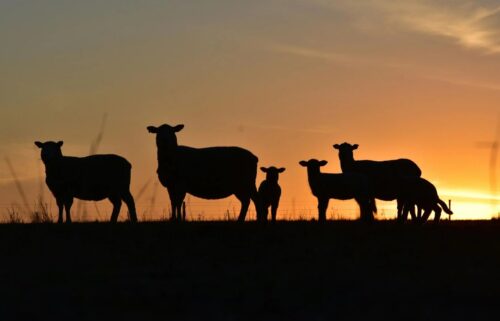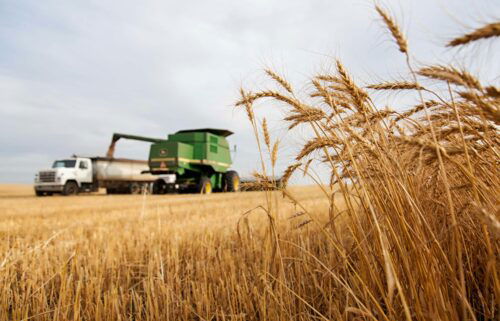Famous or important
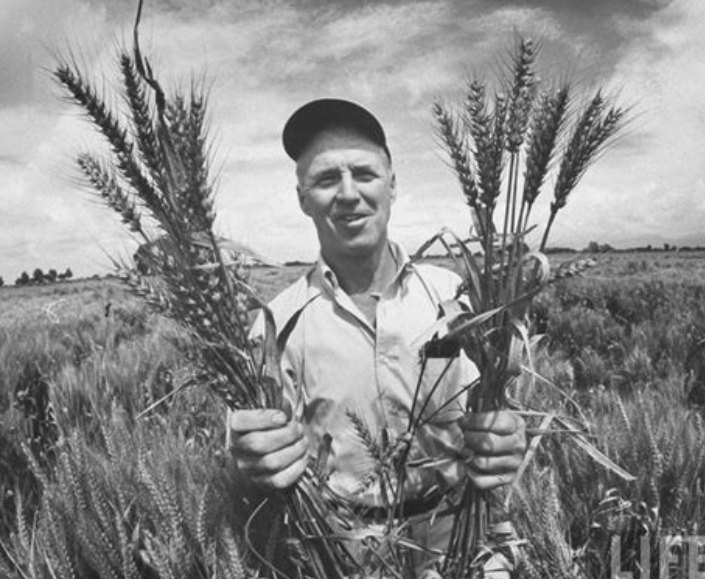
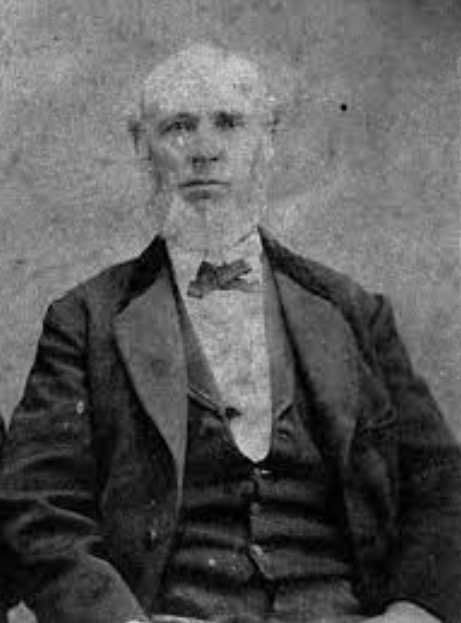
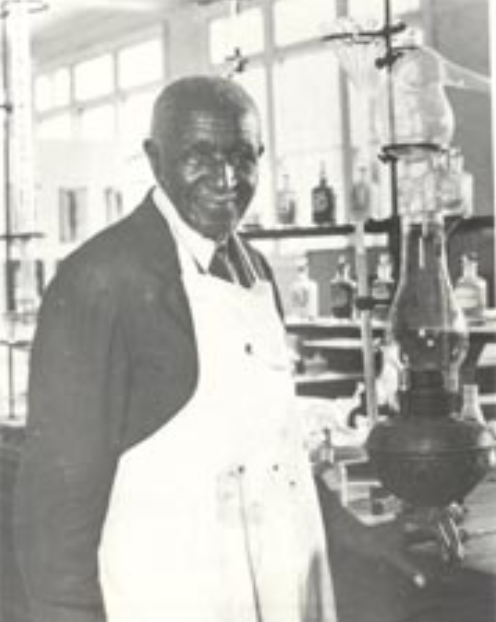
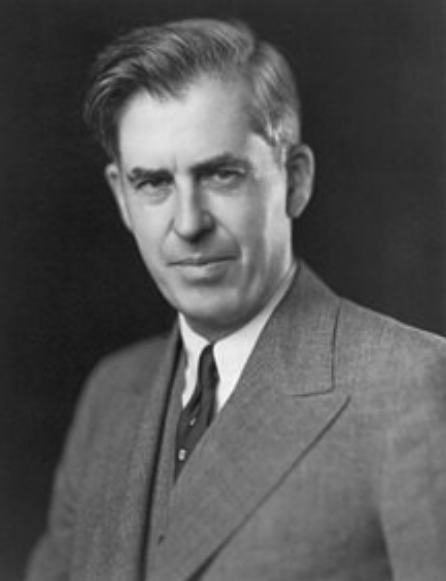
By Mark Lane
Submitted to Corner Post
Not all important people are famous. Nor are all famous people important. Often, few people remember much about certain individuals whose ideas or actions had monumental impacts. Yet, their stories can be fascinating.
Take Norman Borlaug, for example. He developed new varieties of cereal grains and pioneered new crop management practices that saved the lives of more than a billion people. The increased agricultural production also turned desperately impoverished countries into exporters of surplus grain, thereby lifting the economies of underdeveloped nations. For his global contributions, Borlaug received dozens of awards from a number of countries, as well as a Nobel Peace Prize.
The great-grandson of Norwegian immigrants, Borlaug was born in 1914 on his grandparents’ farm near Saude, Iowa. He attended the local one-room school through 8th grade, then Cresco High School, working on the family farm all the while. Following his grandfather’s advice to further his education, at age 19, Norman went to the University of Minnesota, where he enrolled in the forestry program and wrestled on the collegiate level. After earning his Bachelor of Science degree in forestry, he earned advanced degrees in plant pathology and genetics.
Norman then accepted a job as a microbiologist for Dupont and moved to Delaware with his wife and three children. He led research with varied points of focus, but when the opportunity was presented to concentrate on crop production in areas where farming was especially challenging, that is when he was able to accomplish the work that led to the achievements mentioned above. But the opportunity to do so, it should be noted, would not have happened without U.S. Secretary of Agriculture Henry A. Wallace.
Henry A., as many referred to him, is another interesting person. His great-grandfather John Wallace immigrated to Pennsylvania from Scotland via Ireland. Henry A.’s grandfather, the original Henry Wallace, was a Presbyterian minister who moved to Iowa, owned a farm and owned/operated several newspapers. Henry A.’s father, Henry C., continued the family farming and journal traditions, but also taught dairy science at Iowa State College, and eventually was appointed U.S. Secretary of Agriculture.
The third of four in the Henry Wallace line, Henry A. carried on the family’s farming and journal enterprises. While his dad’s particular interest was dairy, Henry A.’s was corn. Even in high school, he was experimenting with genetics that would provide greater yields. His contract to provide hybrid seeds was the first of its kind and he founded Hi-Bred Corn Company (later Pioneer Hi-Bred, and now Corteva). Interestingly, it was the influence of an Iowa State College student that put Henry A. on that trajectory. That student was George Washington Carver.
Ah! You know who George Washington Carver is. He invented peanut butter, right? No, he didn’t. But he did discover 325 other uses for peanuts, as well as many other products, concepts and techniques that have changed the world. A keen observer, a brilliant thinker, and a genius in the lab and in the field. At a time when most U.S. citizens relied on agriculture, but cropland soils were severely depleted, crop prices were depressed for lack of demand, and methods of farming were woefully inefficient, this man found solutions.
Born in 1864 near Diamond, Missouri, George overcame tremendous odds just to reach his first birthday. His dad died before he was born, and his mother died when he was a week old. Moses and Susan Carver saved his life, adopted and raised him, and encouraged his quest for education. At Simpson College in Indianola, Iowa, his art teacher recognized in his sketches and paintings a true love of botany, and she persuaded him to transfer to the Iowa State Agricultural College in Ames.
Despite being the first (and only) black person at the college, with no friends and no place to live, he soon found where he was meant to be. Excelling in his studies and showing great promise in research, five years after arriving, George had earned bachelor’s and master’s degrees and gained a reputation as a master botanist. It was at that point that Booker T. Washington convinced George to run the Agricultural Department at the Tuskegee Institute. It’s a position he held for 47 years.
Here, let me tie together the pieces above. Moses and Sarah Carver, who opposed slavery, purchased George’s mother from her owner to protect her. When George was orphaned, they adopted him and helped make his later advances possible.
When George had no place to live in Ames, a dairy professor at the college allowed him to stay with his family. That professor’s young son accompanied George on field trips and as he conducted research projects, thus developing a special interest in corn and genetic selection. That boy was Henry A. Wallace.
When Henry A. was charged with implementing programs to boost agricultural production domestically and abroad, it was Norman Borlaug to whom he turned. It’s yet another example of the far-reaching effects that you and I can have on the lives of people we will never meet.
